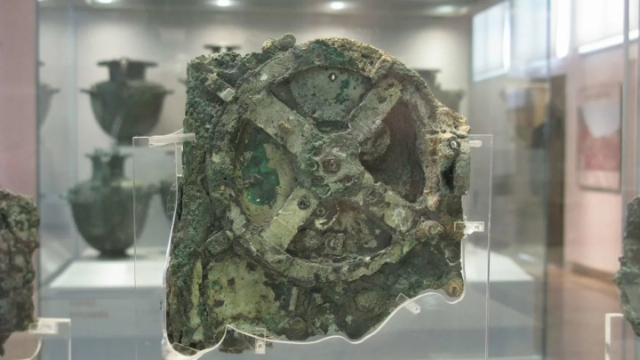The explanation of the semantic content of the place name Alberobello appears controversial. A first interpretation was provided by Notarnicola, for whom the voice "Alberobello" would derive from the Latin "arbor belli," that is, "tree of war," indicating, that is, a tree near which an action of war or a fact of arms took place.
In Notarnicola’s own opinion, therefore, such a tree, an oak of imposing proportions and unusual beauty, vegetated until 1830, "it was so large, that, in its trunk, made hollow by centuries, it housed up to five people. It stood 200 paces, under the built-up area (i.e., under the Rione Monti, the present Monumental Zone), on the road to Martina-Taranto (now Via dell’Indipendenza), in the place known as the Carruccio, and by translation was called ‘the oak of the Carruccio’."
Different, however, is the interpretation of Lippolis, for whom the entry "Alberobello" turns out to be composed of two words whose meaning "does not admit of misunderstanding and finds correspondence in the geophysical and historical reality of the locality." That is, in Lippolis’s opinion, the original name of the Selva, in which Alberobello later arose, was "Silva Alborelli," as a number of documents and deeds would show, and from which a number of variants, due to transcription errors, would be derived, including that of "silva arboris belli," which is in support of Notarnicola’s theory. According to Lippolis, however, it is misleading to posit Latin as the basis of this etymon. More simply, the term "Alberobello" would derive from the primitive "Alborelli," which, modified over time to "Albor-b-elli" and then to "Alberobello," would stand for the beauty of the trees in its thousand-year-old Selva.













